1lumen selects and reviews products personally. We may earn affiliate commissions through our links, which help support our testing.
Astrolux EC01X review
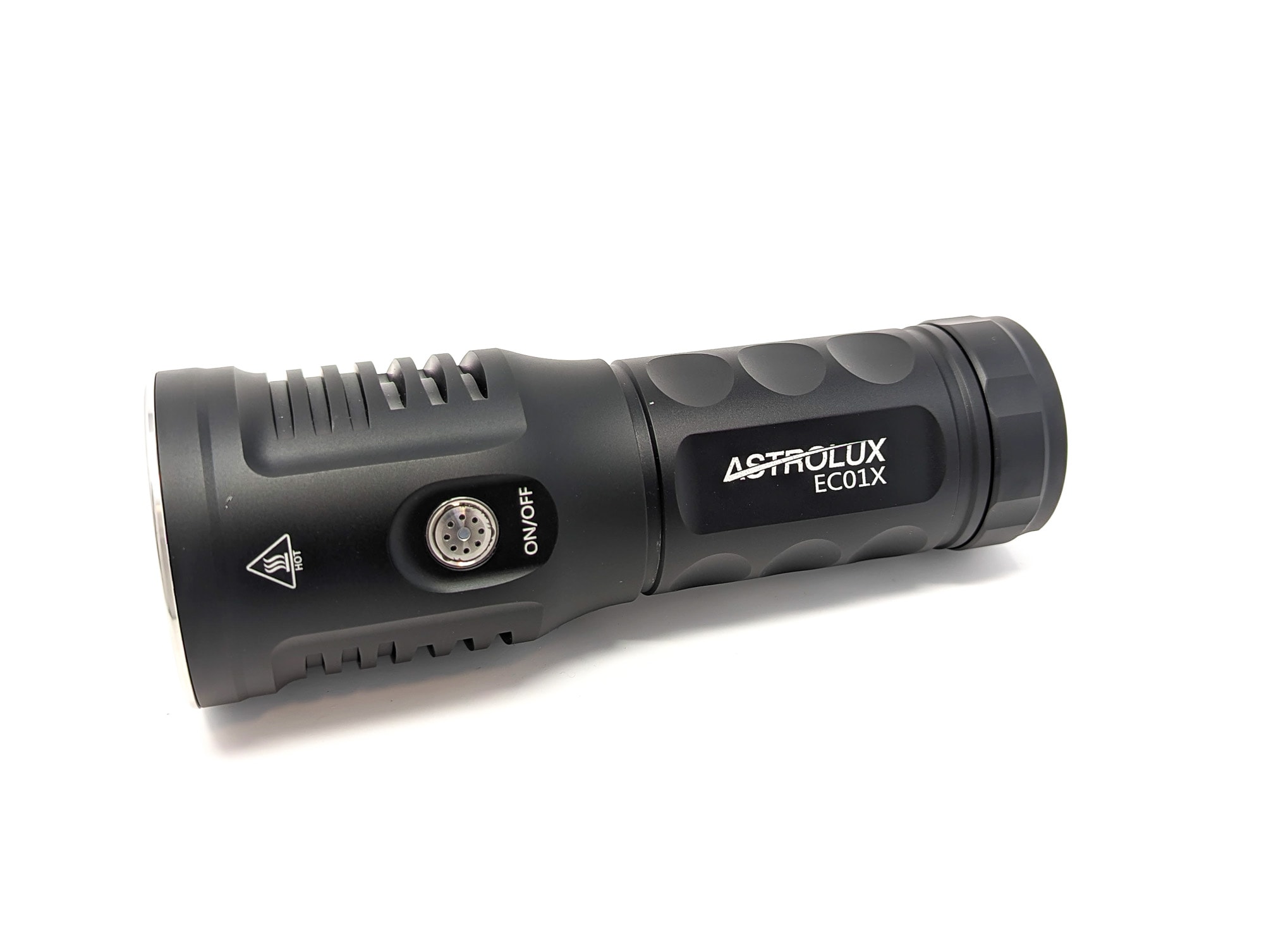
Astrolux EC01X specifications
| Brand & Model | Astrolux EC01X |
|---|---|
| Flashlight category | Long-range flashlight, searchlight |
| LED | Luminus SBT90.2 |
| Max. output | 6800 lumens |
| Max. beam distance | 1,765 meters |
| Max. beam intensity | 779,520 cd |
| Battery config. | 1x 46950 |
| Onboard charging | USB-C |
| Main modes | Stepless dimming |
| Blinkies | Strobe |
| Waterproof | IPX6 |
| Review publication date | January 2024 |
Review intro:
Astrolux is Banggood’s “house” brand of flashlights. They offer a very wide assortment of lights from the very tiny keychain sizes up to some really beastly flashlights. I’ve reviewed several of them, ranging from the barebones ST01 up to the wild MF01X with 21,000 lumens. Today we’re reviewing the recently-released Astrolux EC01X. It may not boast as many lumens as the MF01X, but it still claims an impressive 6800 lumens and a throwy beam using the beastly Luminus SBT90.2 LED. The EC01X initially made a splash with some extremely bold specs – can it live up to the numbers?
To get started with the Astrolux EC01X, you need to first remove the battery and peel off the insulating film that it ships with that keeps it from accidentally turning on. You’ll also want to remove the protective film that’s on the lens.
Package quality.
The Astrolux EC01X arrived in a fairly plain-looking cardboard box, which is pretty common for Astrolux flashlights. There’s a couple of stickers to reveal what is inside, and the brand name printed across the top. Inside the box, the flashlight and accessories are stuffed in, protected by a bubble wrap sleeve and a couple of thin layers of foam. All told, the box contained:
- Astrolux EC01X
- Battery (46950)
- USB-C charging cable
- Shoulder strap
- Spare o-rings
- Tripod mounting screw
- Steel cable rings for shoulder strap mounting
- Manual
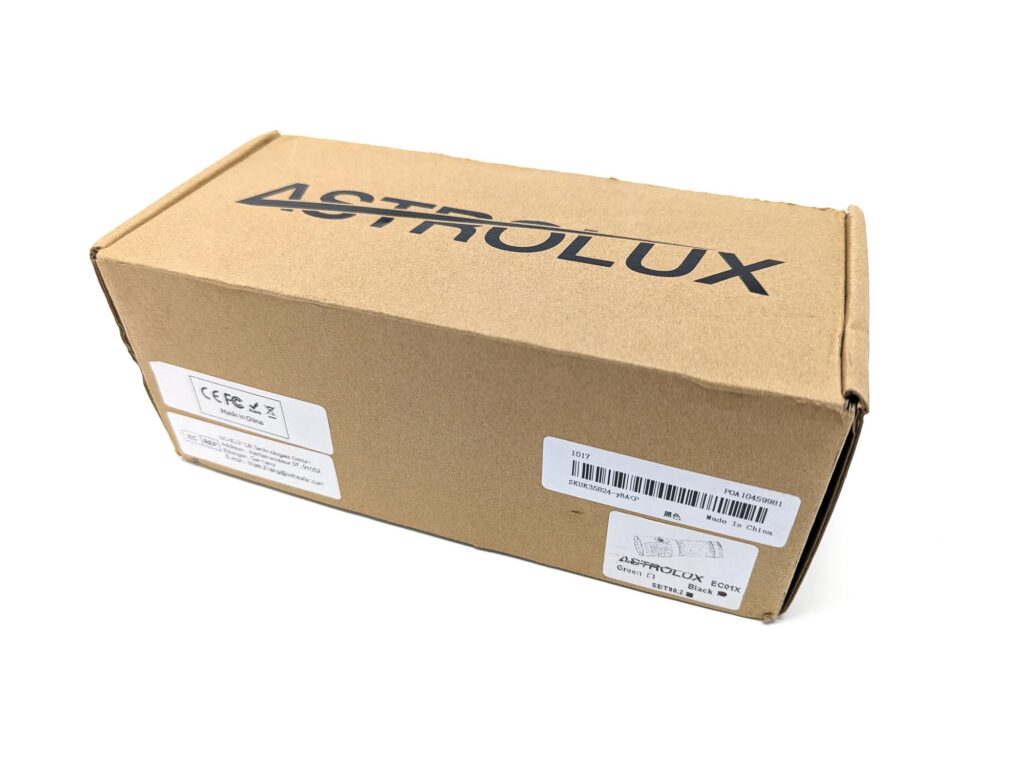
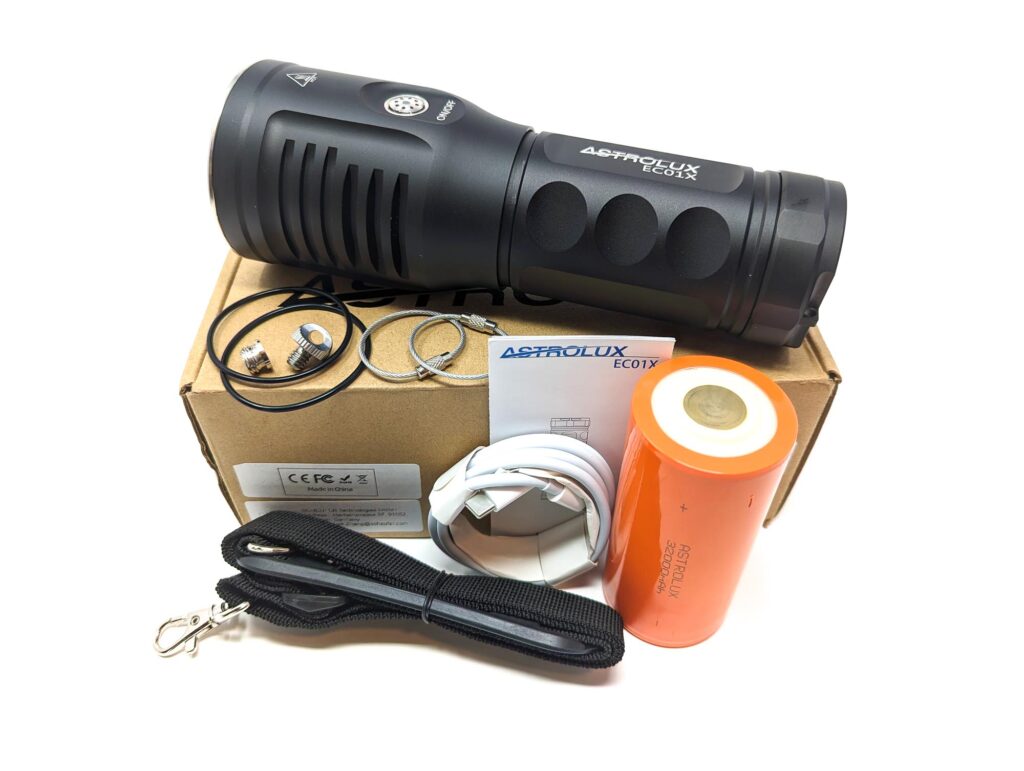
Flashlight in use, Build Quality, and Warranty
When you first look at the EC01X, you can tell it’s a bit different from what we normally see. There’s a lot of fairly typical flashlight shapes: small tubes, tubes with flared heads, soda cans, a few flats, etc. The body of the Astrolux EC01X feels a bit like a soda can light, in that it is pretty girthy. But rather than having a short, wide head, the head is nearly as long as the body tube and just a bit wider. The body is stout and feels really solid. The anodizing is pretty nice, aside from arriving with a couple of nicks. The battery tube seems to be glued to the head.
While it is comfortable enough to hold and operate, it is big enough that I wouldn’t want to just walk around with this in my hand, say for a hike or a dog walk. But honestly, the EC01X is a bit overkill for those tasks. The bright, throwy beam is better suited for long-range scanning, searching, or just showing off. If you wanted to carry this light around with you for any length of time, using the included shoulder strap makes a lot of sense. There’s a large threaded hole in the head above the charging port. You screw the tripod adapter into that, and then the strap attachment stud into the tripod adapter. And then you thread a steel cable (key)ring through that attachment stud, and the other ring through the lanyard hole on the tailcap. Finally, you’re ready to attach the shoulder strap by clipping it onto those two steel rings. It’s a bit of a setup, but it works.
You might have picked up that I mentioned the tripod thread adapter. So that means, of course, you could mount this to a tripod. That can come in handy with a large light like this, but I typically think of tripods being useful with flood lights, not a long-range search light. But hey – at least you have the option to do so if you have the need.
When I first powered up this Astrolux, I was a bit concerned when I noticed the glowing blue steel switch – it brought back memories of the Astrolux MF01X and its switch that felt really gritty and difficult to use. This switch looks nearly the same, but I am happy to report that it has been greatly refined. It has very short travel and a positive click. I’m not sure if they’ve coated the mating surfaces of the steel with something, but it feels like there might be a little bit of silicone or a gasket or the like that is helping to keep the steel surfaces from binding against each other. While it is greatly improved, it’s not perfect. Getting the timing down for multi-press sequences (like lockout or voltage check) is a bit difficult and frustrating.
The manual provides these details regarding warranty:
- Unconditional return in 15 days on product problems
- 12 months warranty
- Lifelong paid warranty
- If you have any problem, please feel free to contact us for help, thank you
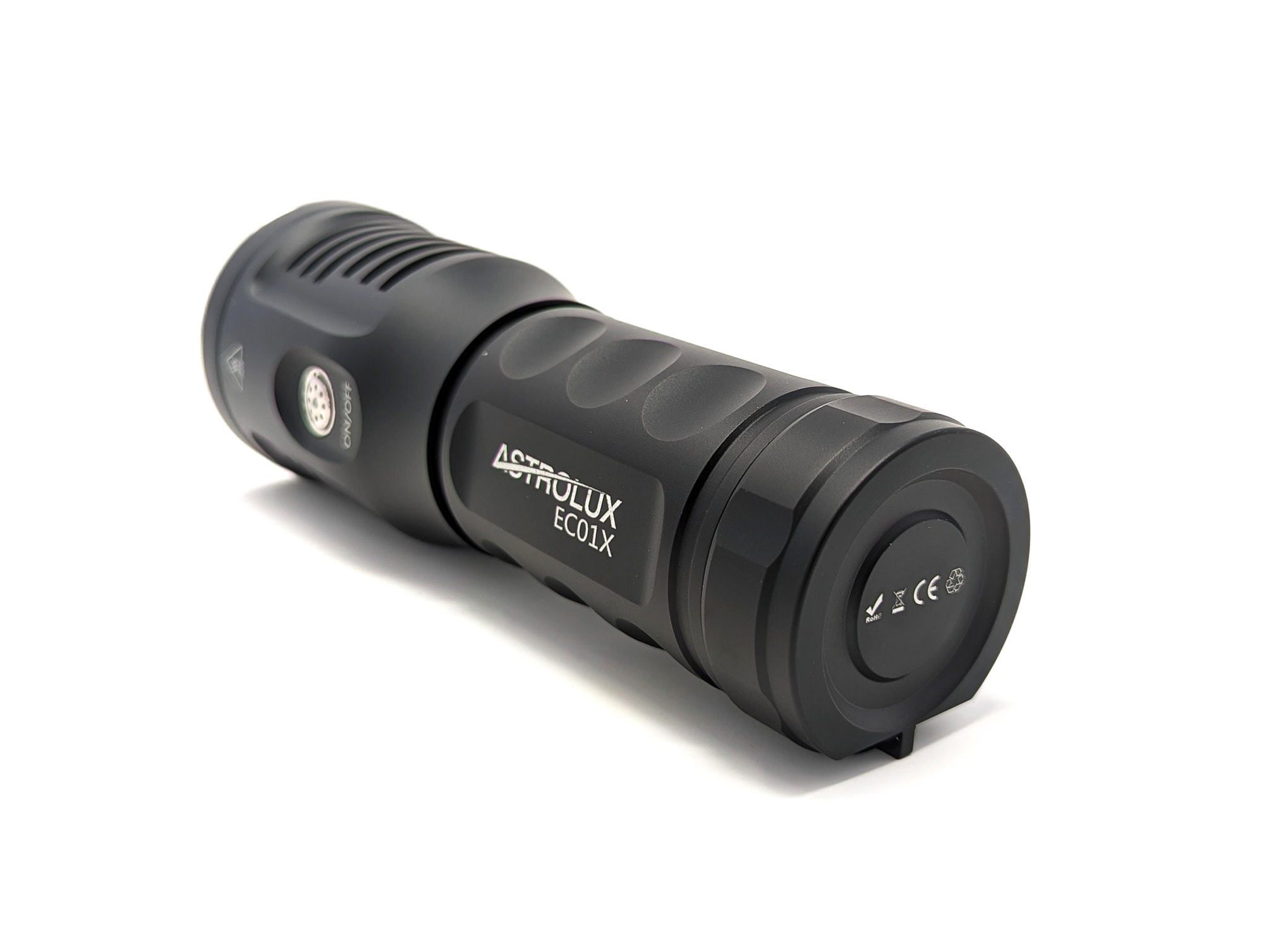
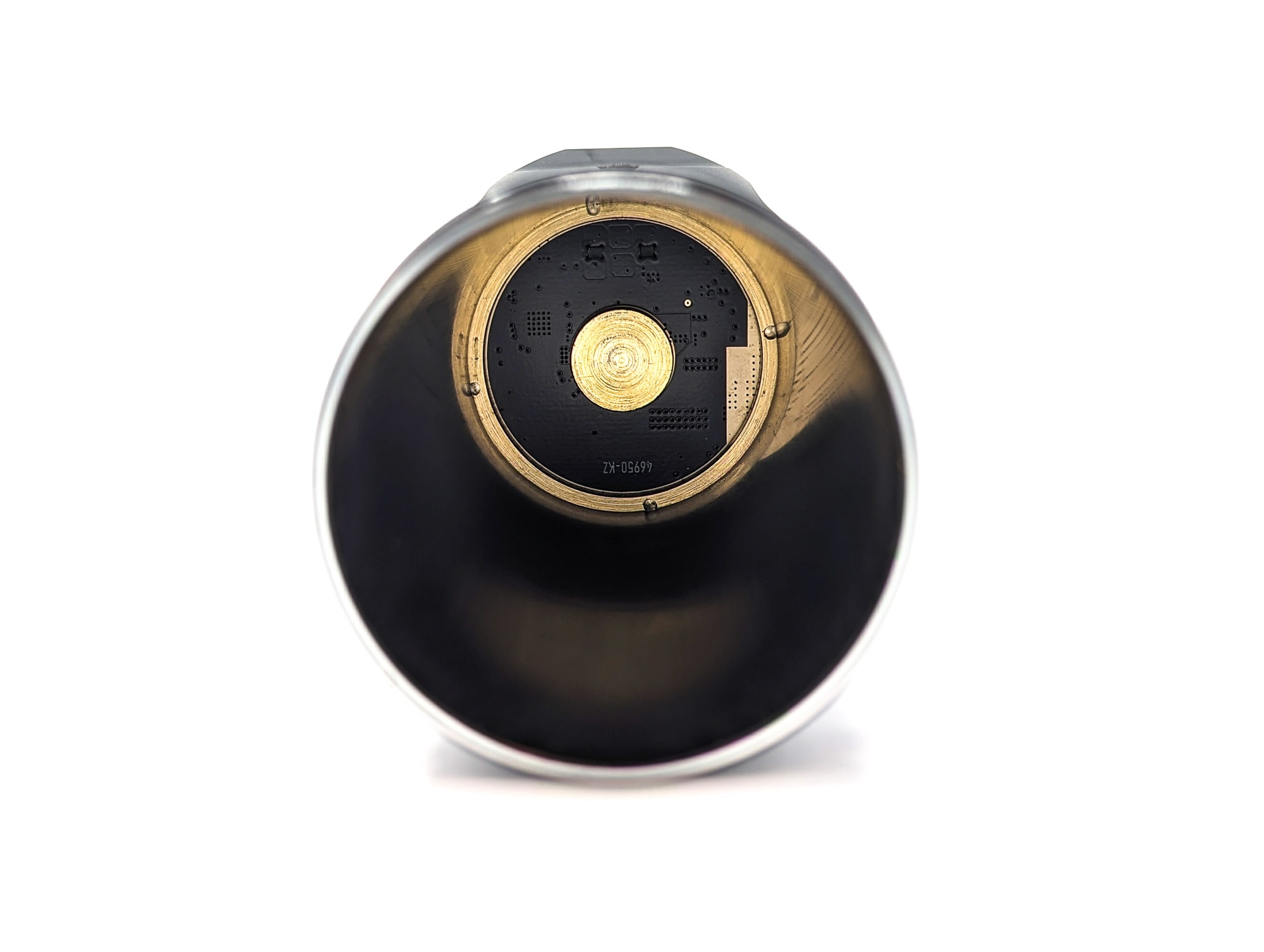
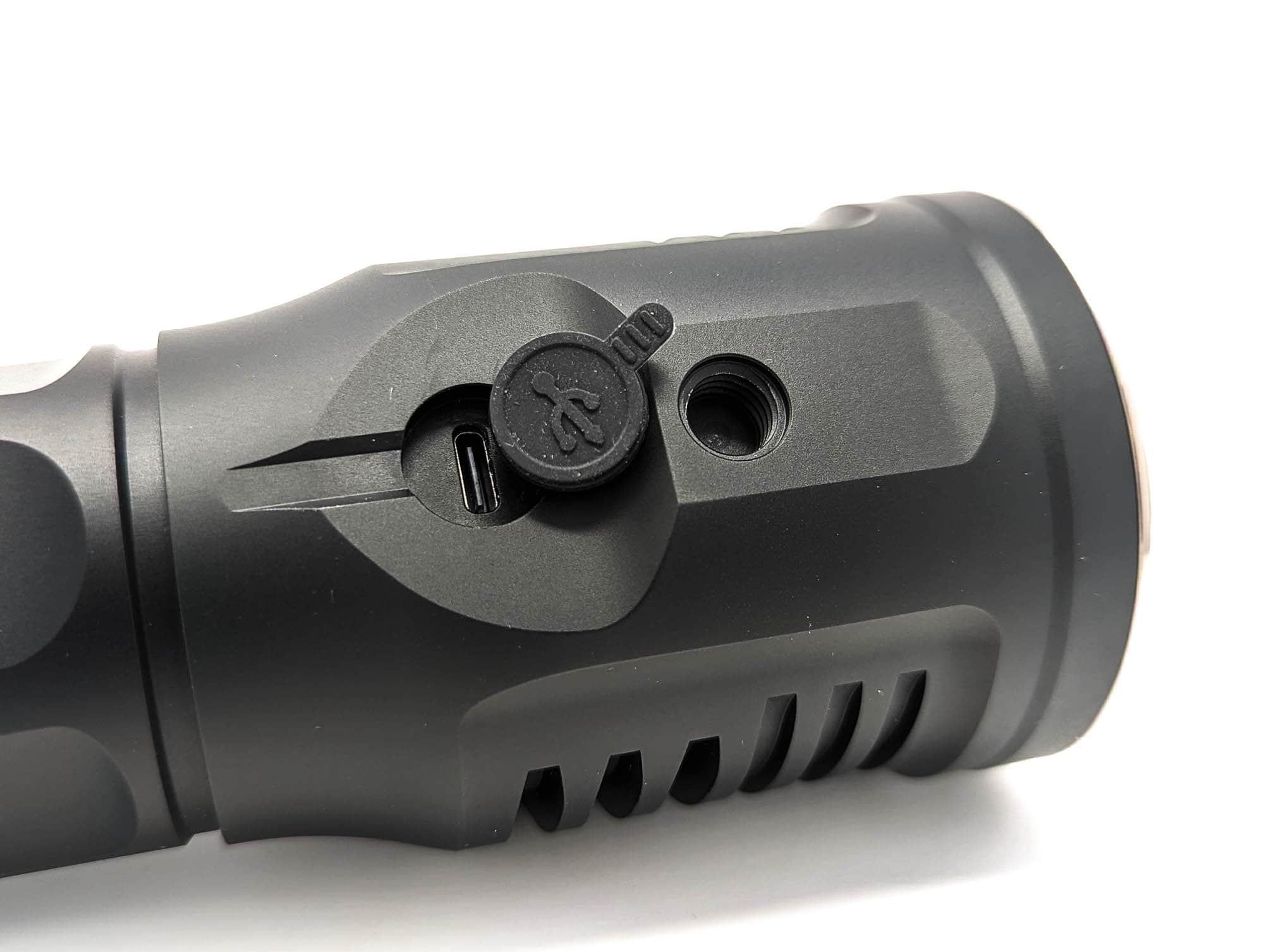
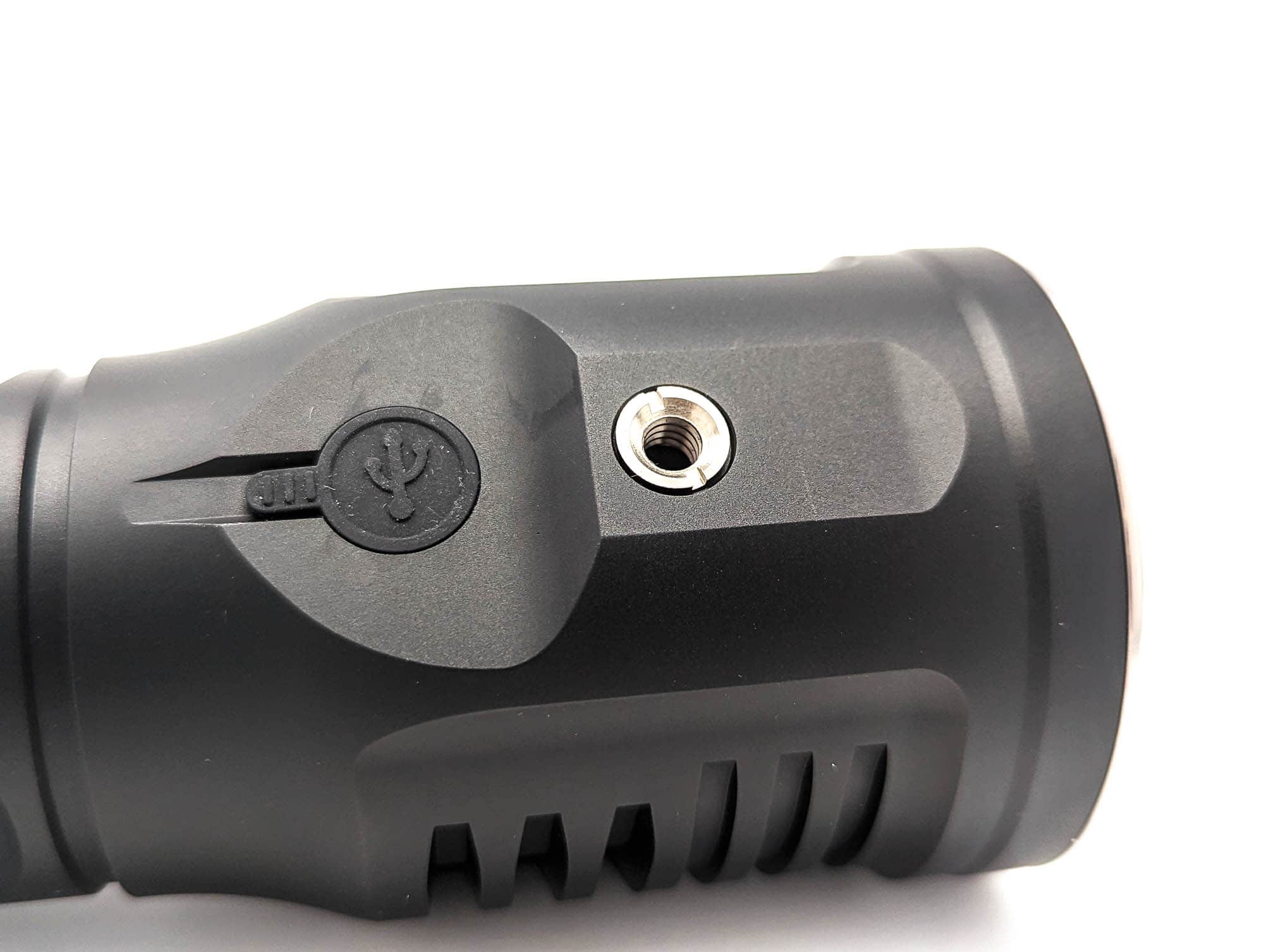
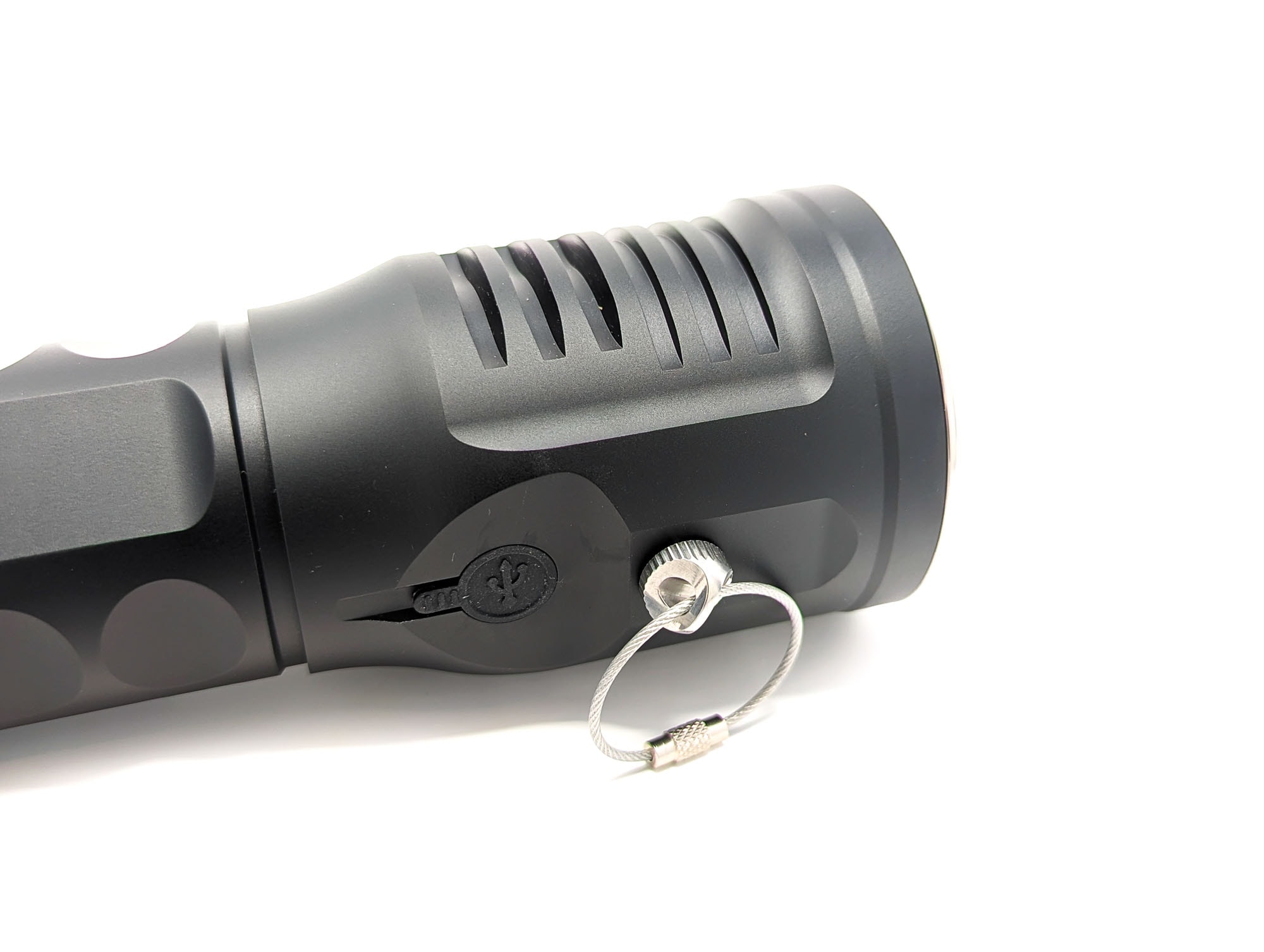
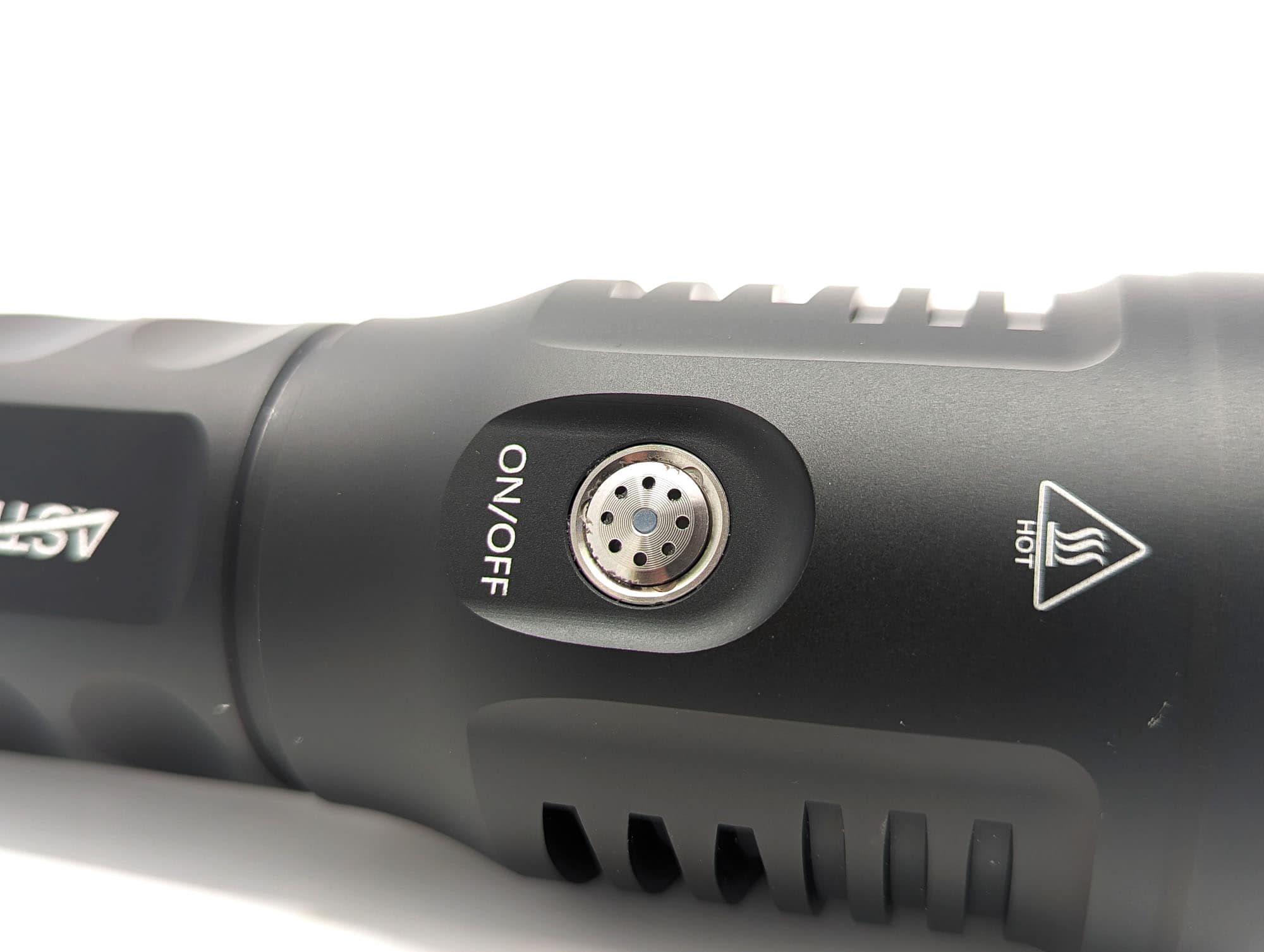
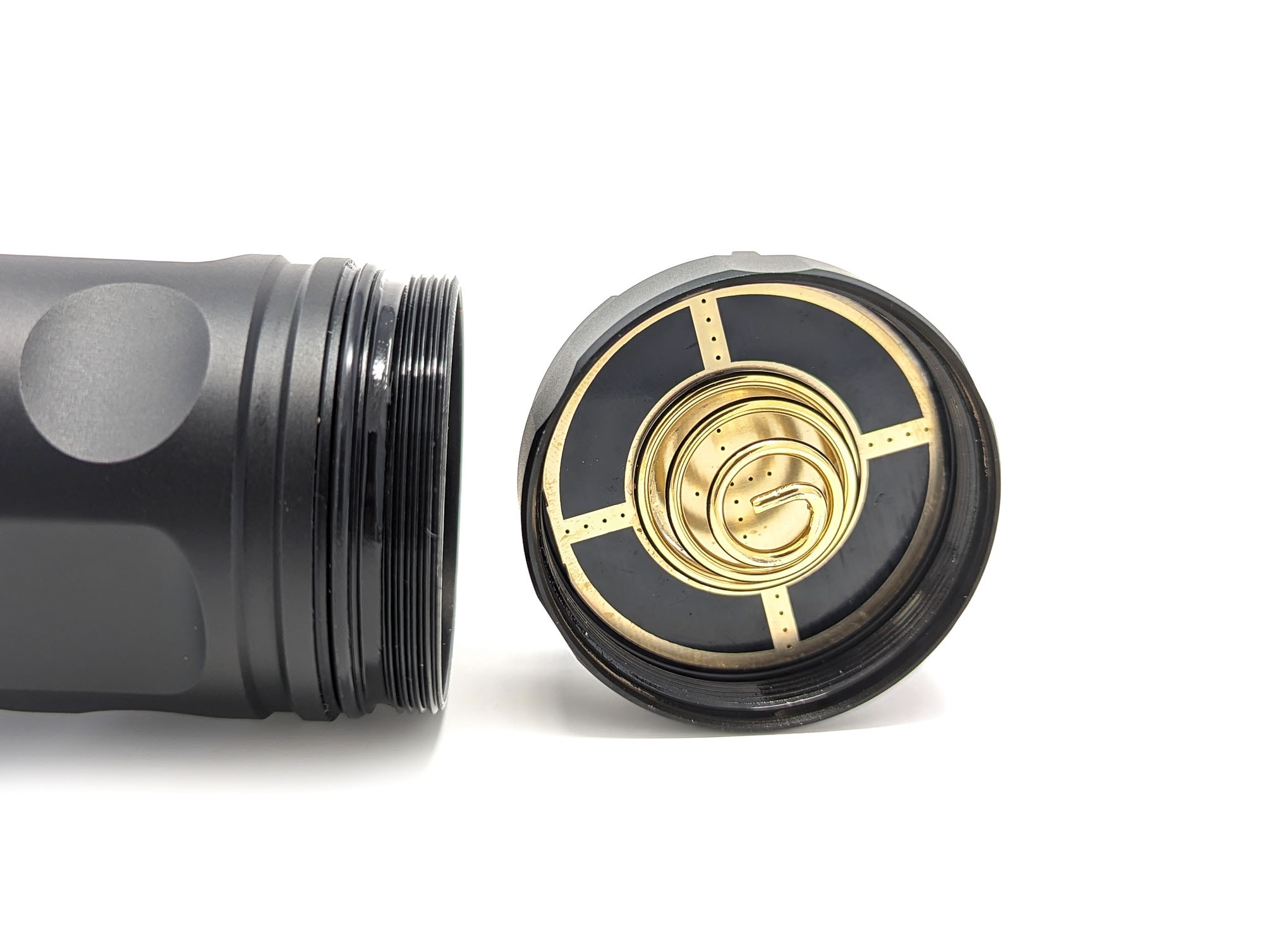
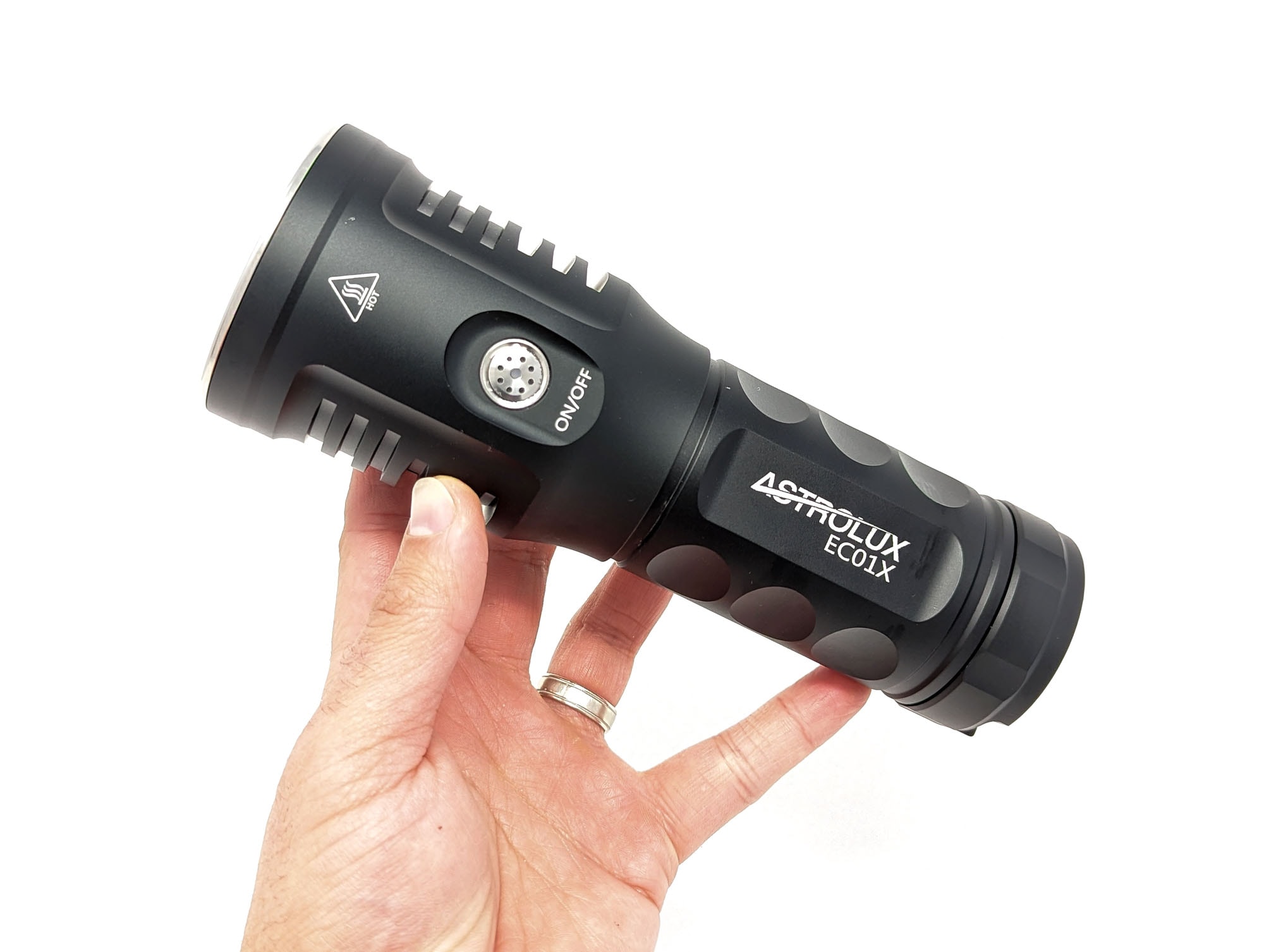
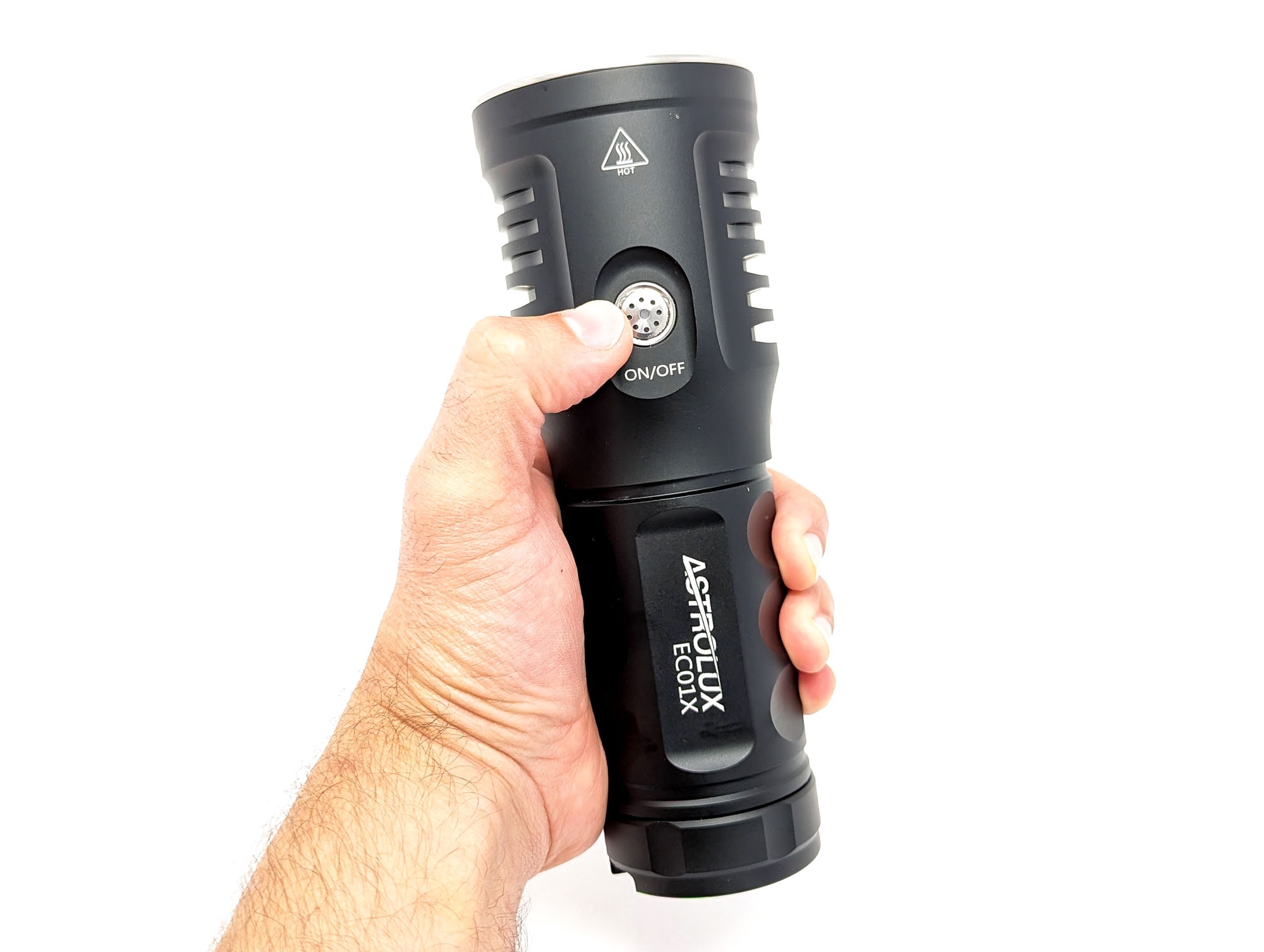
LED, Lens, Bezel, Beam, and Reflector
The Astrolux EC01X makes use of the big-boy Luminus SBT90.2. This domeless LED is one of the beefiest 3V emitters available and still throws a pretty intense beam. It is paired with a deep, smooth reflector that is roughly 56mm wide. The reflector itself looks nearly identical to the one found in the Mateminco MT35 Mini (aka, Astrolux FT03S). The reflector is held in place by a smooth, thick stainless steel bezel. Between the domeless LED and moderately-sized reflector, the EC01X produces a pretty tight hotspot with a medium-sized spill. It’s not a super clean beam, and it’s a bit greenish. As to be expected with an SBT90.2, there is an impressive amount of light produced, though.
Spectral measurements:
I used an Opple Light Master to measure the flashlight at 5 meters distance.
| Mode: | CCT: | CRI Ra: | duv |
|---|---|---|---|
| Turbo | 5327 K | 64.8 | +0.0075 |
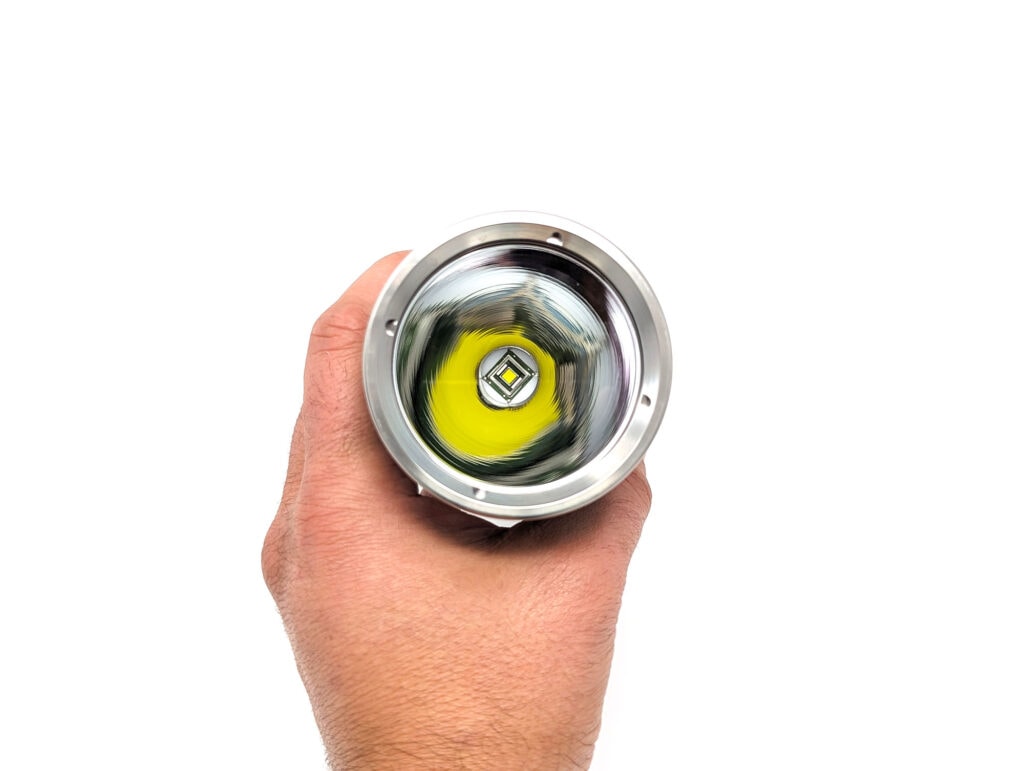
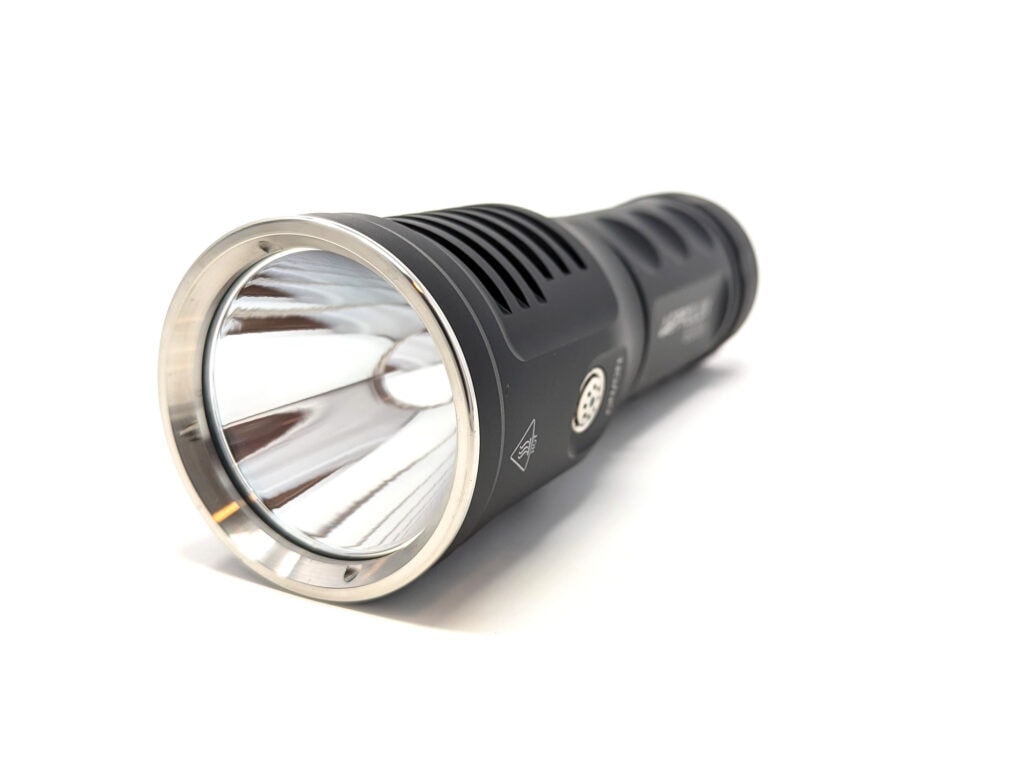
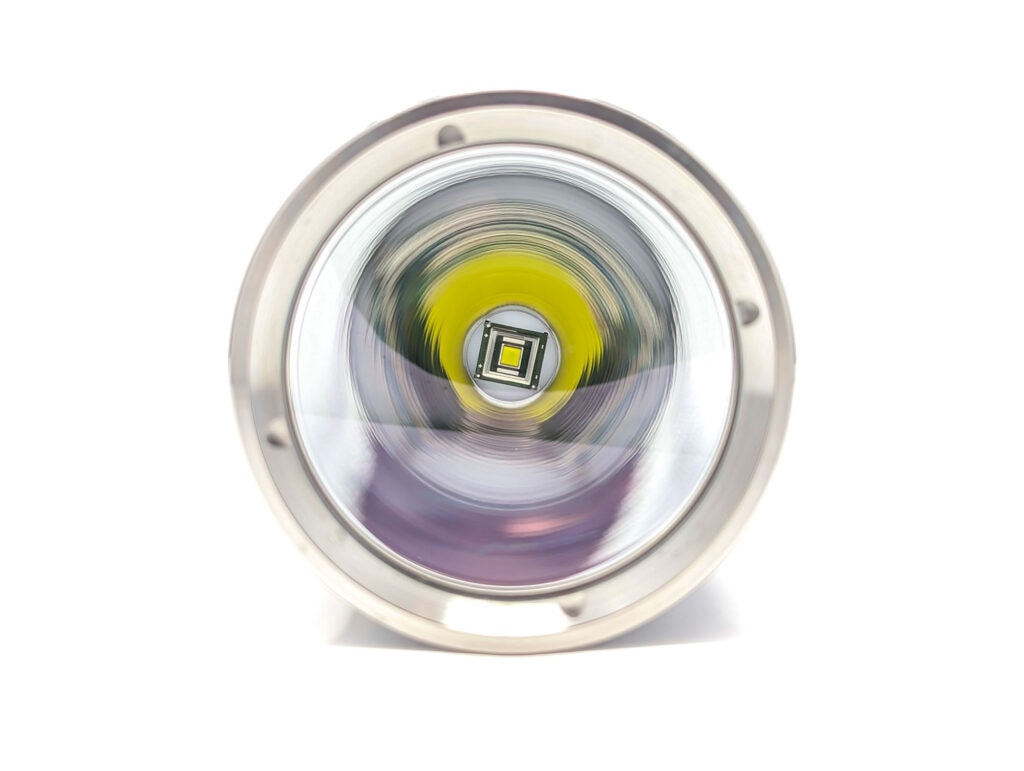
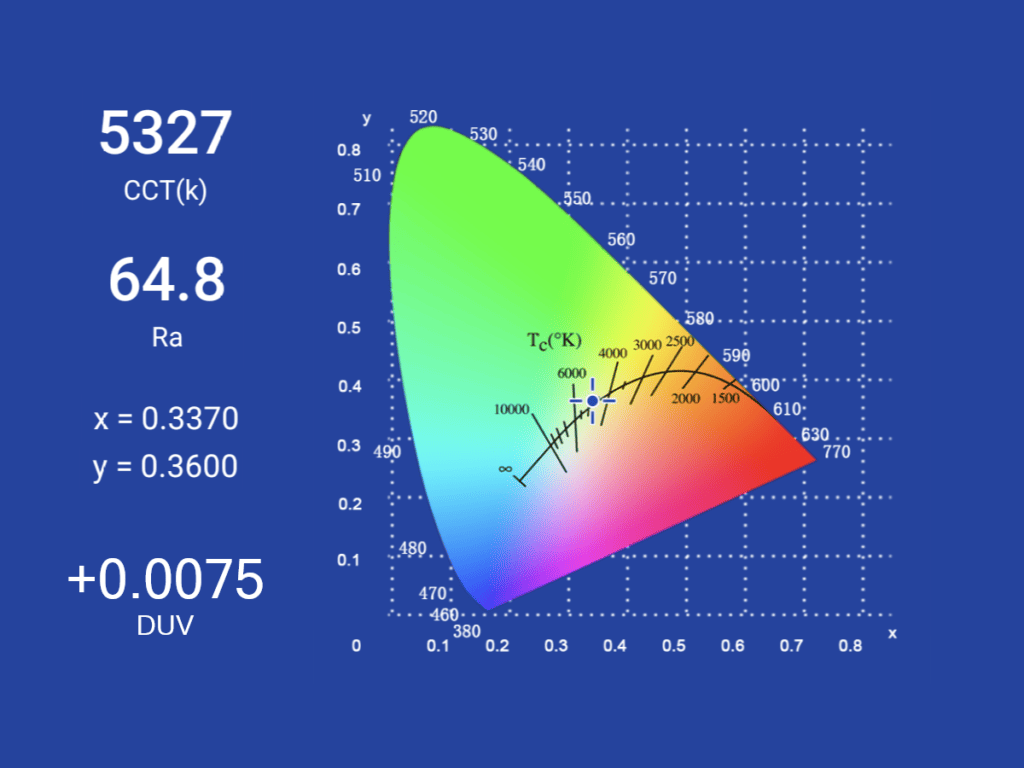
Dimensions and its competition
Dimensions:
| Astrolux EC01X | Millimeters | Inches |
|---|---|---|
| Length | 191 mm | 7.5 in |
| Head diameter | 69 mm | 2.7 in |
| Body diameter | 55 mm | 2.2 in |
Dimensions are rounded to the nearest millimeter and the nearest tenth of an Inch.
Weight:
| Astrolux EC01X | Weight in grams | Weight in oz |
|---|---|---|
| Without battery: | 490 g | 17.3 oz |
| With battery | 922 g | 32.5 oz |
Weight is rounded to the nearest gram and tenth of an Oz.
Flashlight size comparison with its competition:
Group 1: Mateminco MT07 (aka, Astrolux MF01 Mini), Astrolux EC01X, Mateminco MT35 Mini (aka, Astrolux FT03S)
Group 2: Haikelite HK08, Astrolux EC01X
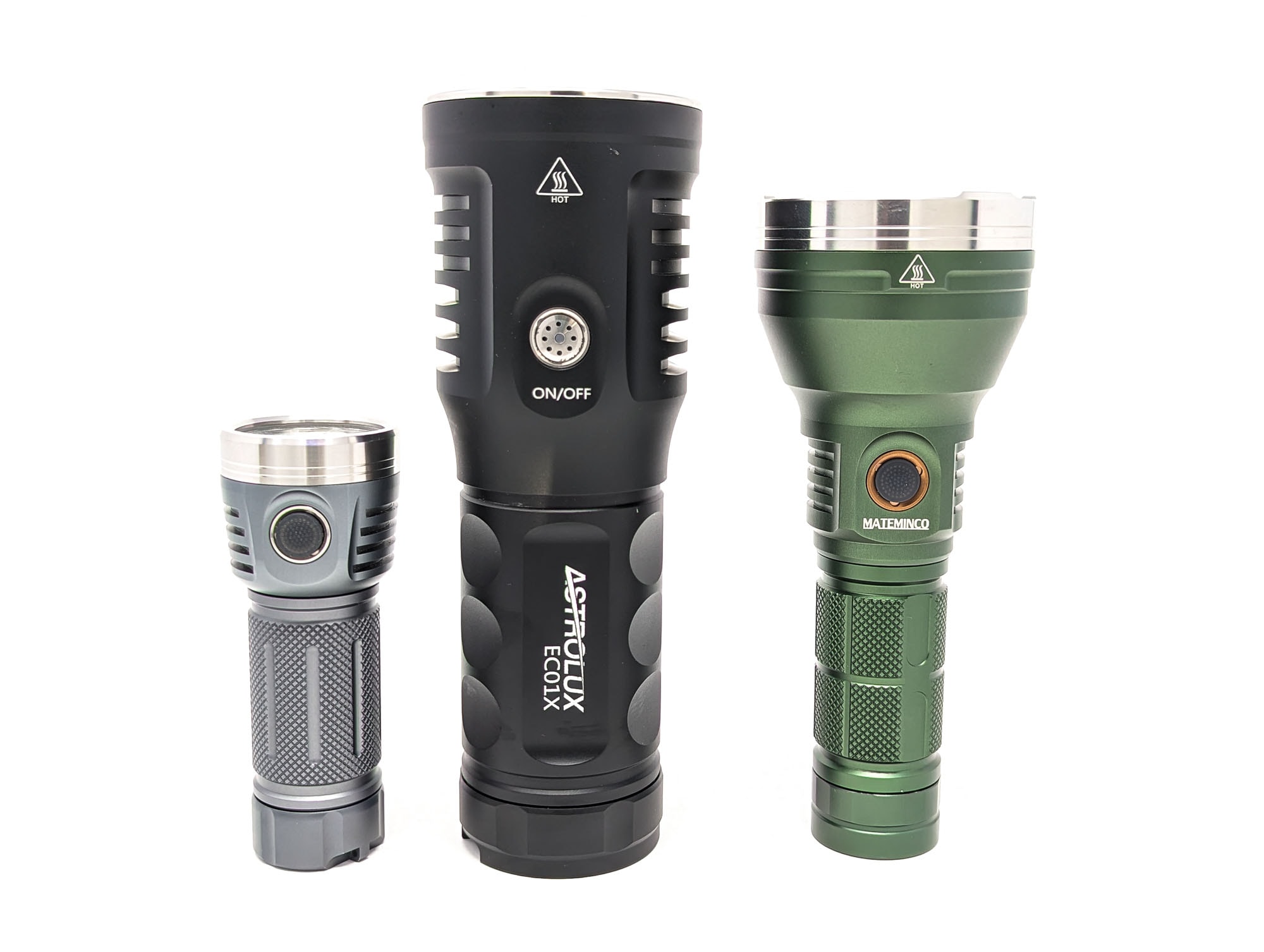
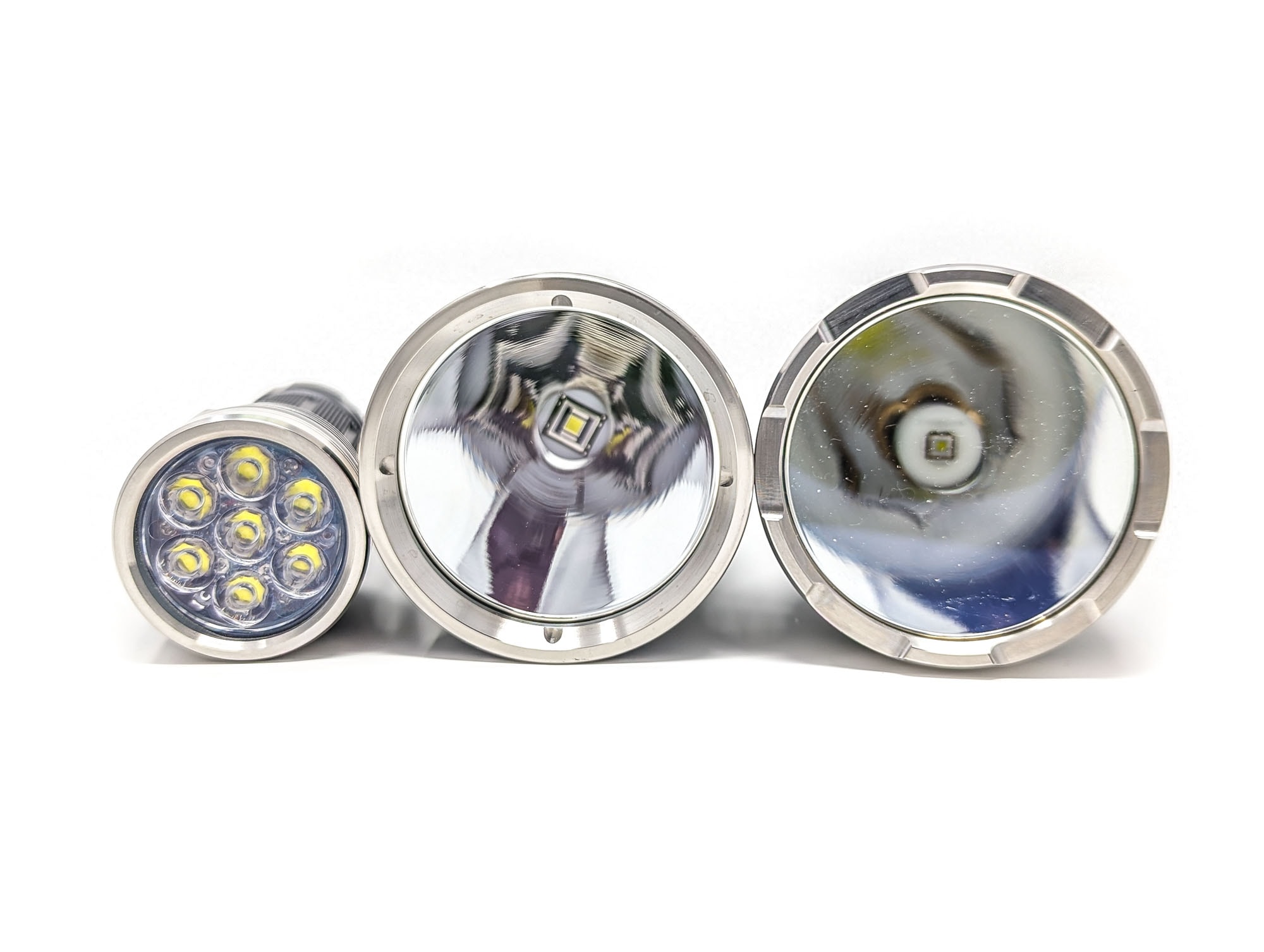
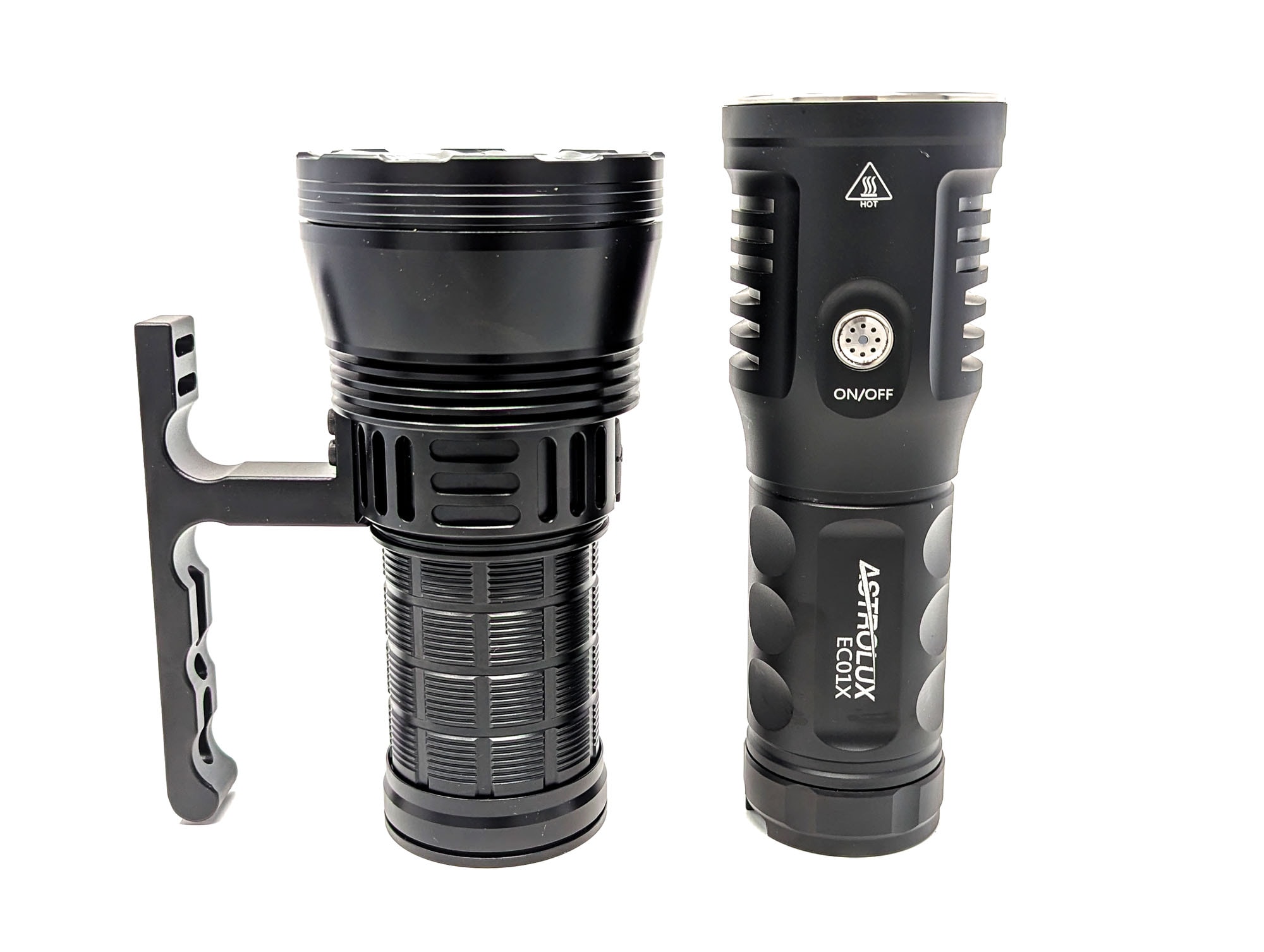
Astrolux EC01X UI: User Interface and Driver
The Astrolux EC01X uses a ramping UI that is pretty familiar. It is click on, click off – which is nice. But there are a few less-than-optimal aspects of it like the ramp curve. It seems linear, which to the eye means that it gets bright quickly and then the top of the ramp looks completely the same. When ramping up and down, the light will blink once it reaches either end.
Available modes:
- Ramp
Available blinky modes:
- Strobe
From OFF:
- Press and hold: Moonlight (0.3%)
- Single click: turn on (last brightness)
- Double click: Turbo
- 3 fast clicks: Strobe
- 4 fast clicks: Voltage Check
- 5 fast clicks: Lockout
- 6 fast clicks: Aux switch light enable/disable
From ON:
- Press and hold: Ramp up/down
- 1 click: turn off
- Double click: Turbo
- 3 fast clicks: Strobe
- 4 fast clicks: Voltage Check
Mode memory:
- Yes, there is memory
Shortcuts:
- To Low: long hold from Off
- To Turbo: double click from Off or On
- To Strobe: triple click from Off or On
Low voltage warning/protection:
- When voltage is lower than 3.1V, the switch LED blinks red
Strobe/blinkies
- Strobe: triple click from Off or On
Lock-out mode:
- 5 clicks from Off to Lockout, 5 clicks again to unlock
PWM
- None detected in any mode
Additional/summary info on the UI:
- Aside from the annoying shape of the ramp (ramps up too fast), the UI isn’t too bad
Astrolux EC01X Charging and batteries
The Astrolux EC01X uses the newest large format battery to hit the streets: the ginormous 46950 cell. Did you think the 26800 cells were large? Well, to be fair, I’ve never had one of those. But this big guy dwarfs all of my other batteries. It makes the 21700 look like a toy when sat side-by-side.
It’s a good thing the EC01X has built-in USB-C charging, because good luck finding a stand-alone charger that would pair well with this giant. The spec sheet says it has a charge rate of 12V/2A or 9V/2A. With a 24W charge speed and a 32,000 mAh battery capacity, I calculate a very theoretical charge time of 4.9 hours. Theory is nice, but it certainly isn’t reality. In my test, I did observe a 24.23W (2.05A at 11.81V) charge rate which ended up carrying on for a whopping 10h 27min.
Having powerbank functionality is a nice inclusion, especially with a battery of this size. You could charge a lot of gadgets if you needed to. Astrolux says the max discharge rate is 9V/2A.
After using the EC01X for the first time, I popped the battery back out to take a look at it. It stank. Bad. Like a girl’s nail polish or something. And I noticed that the rear terminal of the battery was loose, as if it were on a spring or something. Or perhaps just disconnected. I’m not entirely sure what’s going on with the battery, but it doesn’t seem good. Banggood later replaced the battery!
| Charge type | Fits | No fit | Charge time |
|---|---|---|---|
| Flashlight with onboard USB-C | 1x 46950 | N/A | 10h 27min |
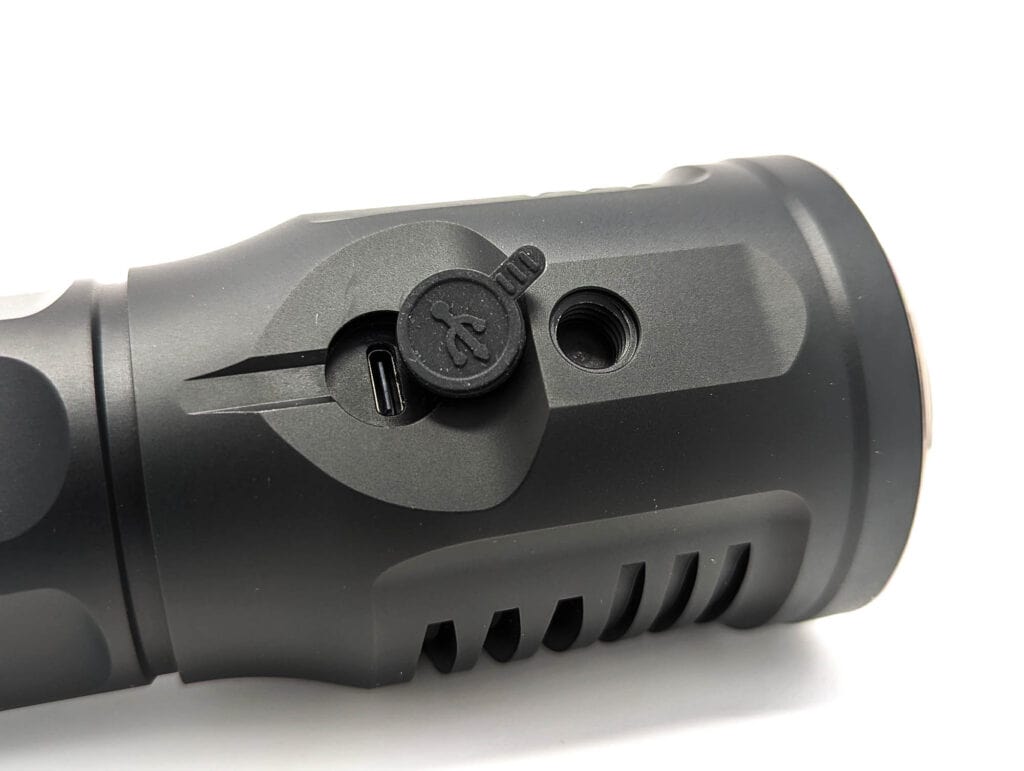
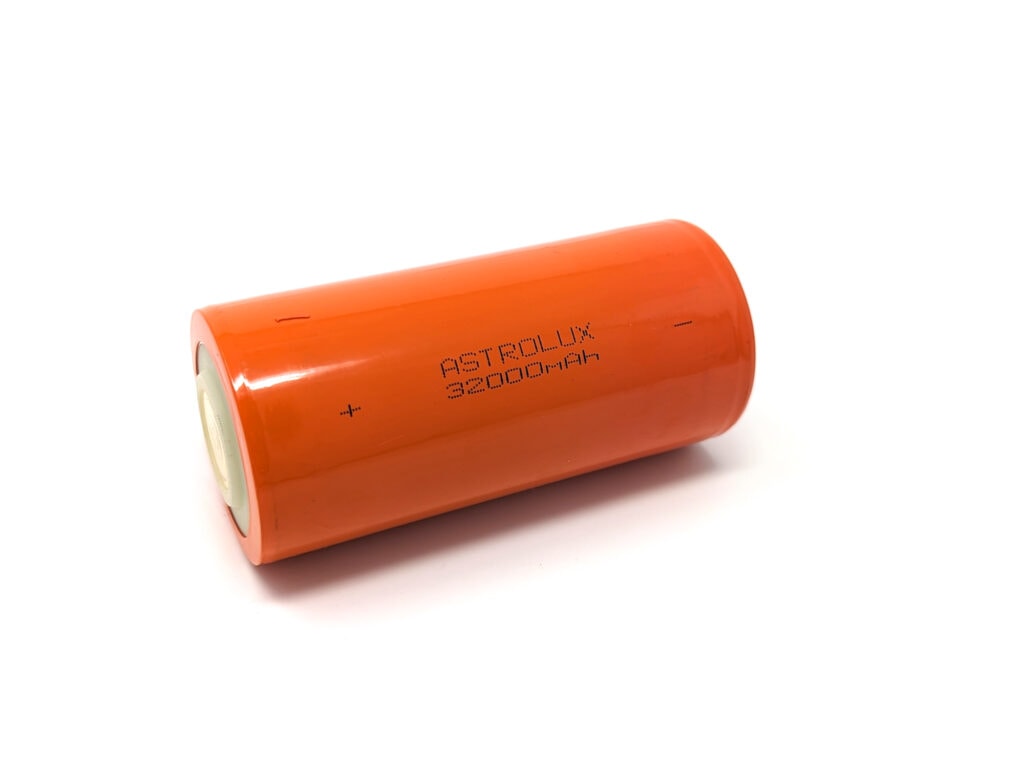
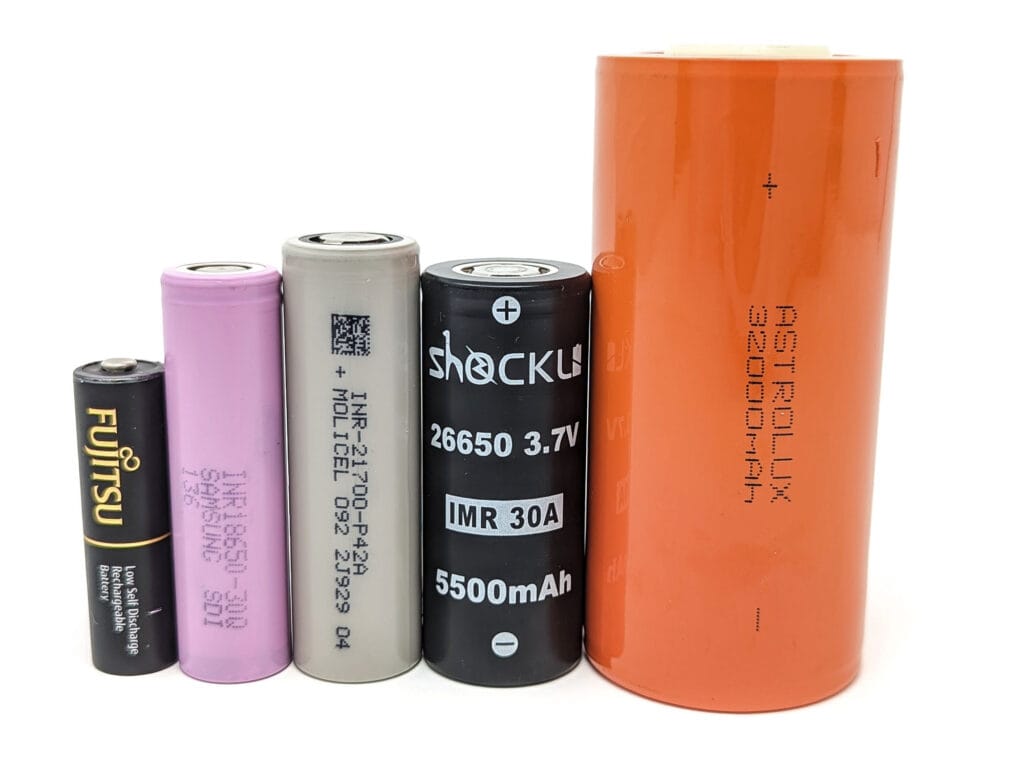
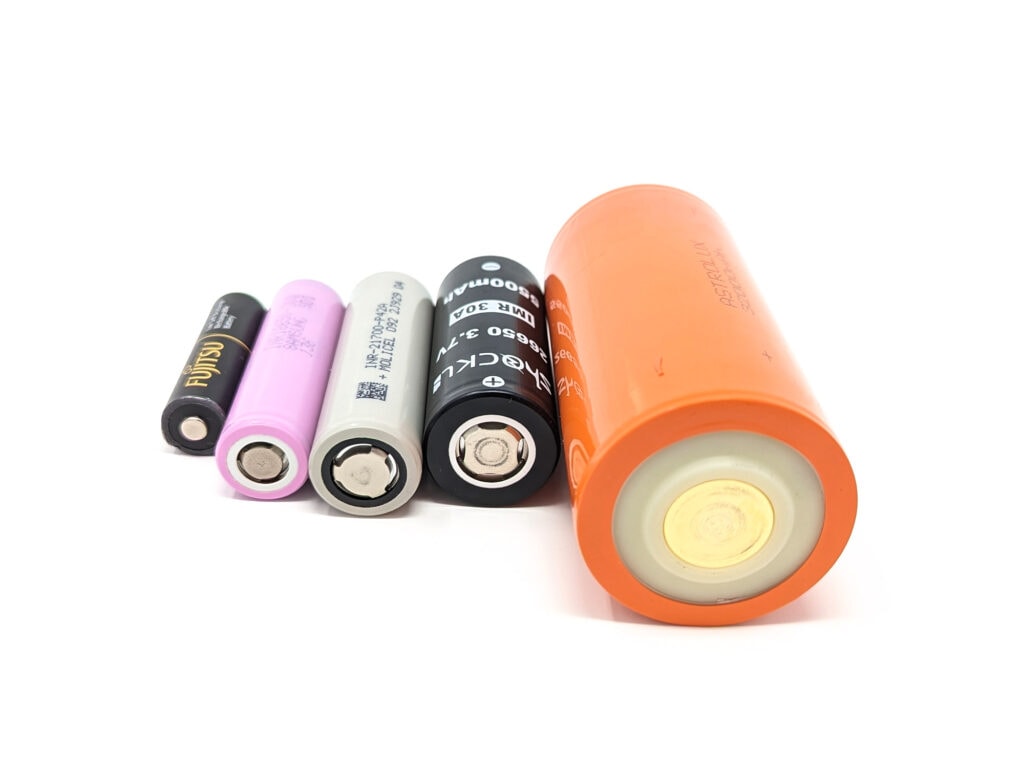
Performance test
Lumen measurements
How Lumens are Measured: Understanding ANSI FL1 Standards How Lumens are Measured: Understanding ANSI FL1 Standards: The ANSI FL1 standards specify that output in lumens should be measured 30 seconds after turning on, as this is the standardized time for measuring brightness according to the industry standard. This is why we focus on this part in our measurements. The ANSI FL1 standards require an ambient temperature of 22 ± 3°C. We record the ambient the ambient temperature to identify potential reasons for any observed discrepancies.Lux was measured by a UNI-T UT383 BT at 5 meters. Lumens were measured in a homemade lumen tube using a VEML7700 sensor, calibrated with a calibration light provided by 1Lumen. The included 46950 battery was used in the tests.
| Mode | Specified | 0 sec. | 30 sec. | 10 min. |
|---|---|---|---|---|
| Moon | 30 lm | 24 | 24 | – |
| Lowest ramp | 100 lm | 245 | 243 | – |
| Highest ramp | 6000 lm | 3408 | 3435 | 2049 |
| Turbo | 6800 lm | 6379 lm | 5903 lm | 2057 lm |
Ambient temperature during testing:
- 21°C
Parasitic drain:
- 88 µA with aux off
- 698 µA with aux on
With the Astrolux EC01X having a ramping UI and no stepped modes, the testing levels are a bit limited. But honestly, that’s the least of our concerns. When I first opened up the EC01X, I charged it up and did a quick lumen and intensity test. After taking pics, I began running several more full output and runtime tests. My results were mixed and wildly variable. While my very first tests weren’t too much lower than spec, none of my successive tests broke over the 5000 lumen mark – well below spec and below my initial test value. I charged it up and retested probably 10 times. I got different results each time, but nothing near what I had hoped for. And yes, I made sure to clean all the contacts and whatnot – no improvement. I was curious if this is related to the negative terminal of the battery – after my initial test, it spelled really bad and the negative contact acts like it’s floating around on a weak spring under the battery wrap.
Since the battery displayed physical reasons to be concerned for its health, Banggood sent a replacement battery so that I could retest the EC01X. I’d love to be able to tell you that the new battery solved the issues, but sadly that is not the case. The results were fairly consistent with the initial battery. I ran several more Turbo tests. Each time, the Astrolux EC01X started off shy of 4,000 lumens and steadily increased in brightness over the first few minutes as it began to warm up. With this replacement battery, the highest output I observed was 4,468 lumens.
While I’m not as concerned with that test, the top of the ramp was also well below what Astrolux was claiming. Though to a lesser extent, it also got brighter as it warmed up.
I believe that the Luminus SBT90.2 is capable of output higher than what the EC01X is exhibiting, which makes me believe that there is something about my Astrolux that is holding it back, likely a form of resistance. That could come from several places, though I’m not sure where for this particular light: the battery’s internal resistance, springs, too-thin PCB traces, the MOSFET(s), and LED lead wires. Any (or all) of those could be playing a factor.
Astrolux EC01X Battery Life: Runtime graphs
How Runtimes are Measured: Understanding ANSI FL1 Standards About ANSI FL1 runtime standards: The runtime is measured until the light drops to 10% of its initial output (30 seconds after turning on). This does not mean that the flashlight is not usable anymore. The last column shows how long the light actually works till it shuts off. If there is a + symbol, it means that the test was stopped at that particular point, but the light was actually still running. This happens on certain occasions, with certain drivers, firmware, or batteries.| Mode | Specified | Runtime (ANSI FL1) | Time till shut off |
|---|---|---|---|
| Moon | 26 days | – | – |
| Lowest ramp | 47h | – | – |
| Highest ramp | 14h | 14h 3min | 14h 36min |
| Turbo | 12h 2min | 12h 37min | 12h 37min |
Overall, the runtime tests seem to run a little bit longer than spec, which is nice. 12+ hours seems impressive at first, until you realize that over 11 of those hours were spent at 1000 lumens and this flashlight weighs a very chunky 2 lbs. There’s no reason for that!
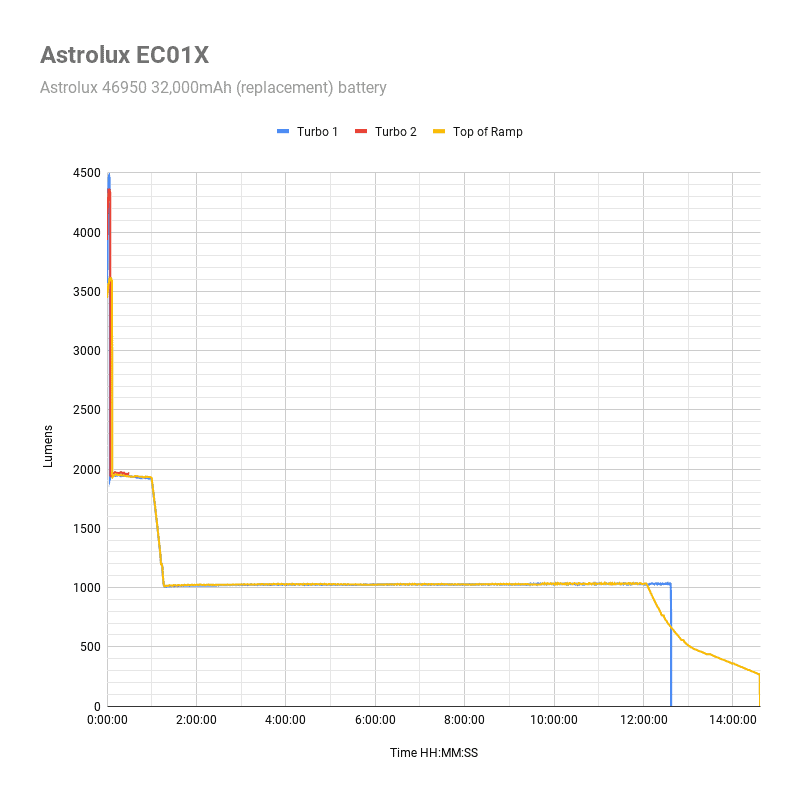
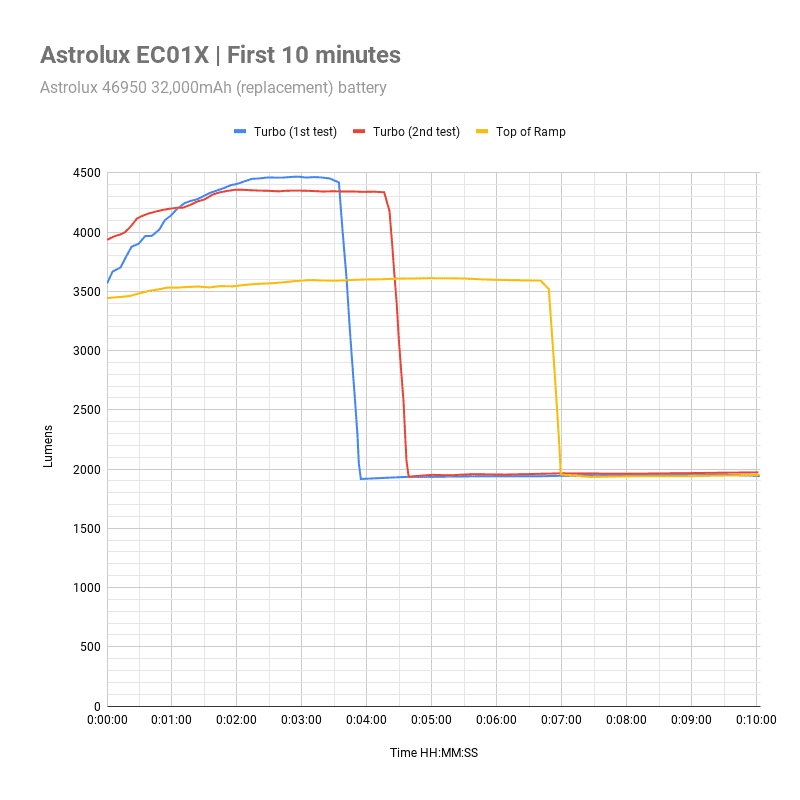
Peak beam intensity and beam distance measurements
About Peak beam intensity: Understanding ANSI FL1 Standards About peak beam intensity The calculated value of distance in meters at which the flashlight produces a light intensity of 0.25 lux. (0.25 lux is about the brightness of a full moon shining on an object). This means that the intensity has decreased so much, it becomes difficult to see darker objects, or objects that don’t reflect light. The columns ‘Meters’ and ‘Yards’ use rounded numbers.Intensity was measured at 5 meters after being turned on for 30 seconds. A UNI-T UT383 BT lux meter was used.
| Mode | Specified | Candela measured | Meters | Yards |
|---|---|---|---|---|
| High | 179,255 | 847 m | 926 yd | |
| Turbo | 2,350,000 cd | 258,500 | 1,017 m | 1,112 yd |
Ambient temperature:
- 21°C
Just like the lumen test, there’s a lot going on here. First up is the discrepancy between the candela claim immediately above compared to that in the introduction. The manual lists the 2.35Mcd number, and that was Astrolux’s initial claim. I think everyone instantly knew that was a load of malarkey. They must have revised the number at some point, as newer listings for the EC01X are claiming a much lower number: 779,520 cd. Well, I couldn’t hit anywhere near even that decreased intensity spec. This is likely due in part to whatever is holding back the lumen output (the battery?). But even if the lumen output went up 50%, we still wouldn’t hit the updated, lower intensity spec. Ouch.
Beamshots
Camera settings and distance:
Beam shots of the building are taken at 50 m (55 yd) using a Pixel 7 set to ISO 800 with 1/20 second exposure time
Beamshots of the following flashlights compared:
- Astrolux EC01X
- Astrolux FT03S SBT90.2
- Lumintop Rattlesnake
Please note that the following beamshots are mainly intended to showcase the beam pattern and beam quality, rather than overall performance. These images are typically taken directly after activation, and in different seasons or weather conditions, and therefore do not fully represent its overall performance. For accurate performance metrics, such as output, beam distance, and runtimes, you need to look at the performance section of this review.
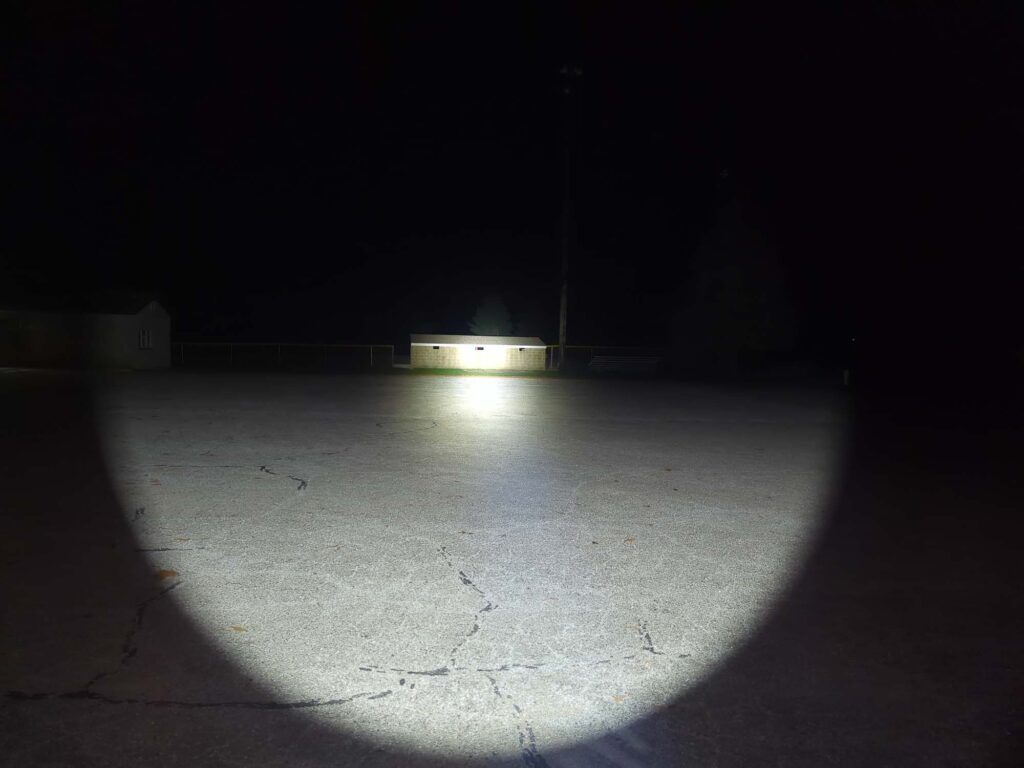
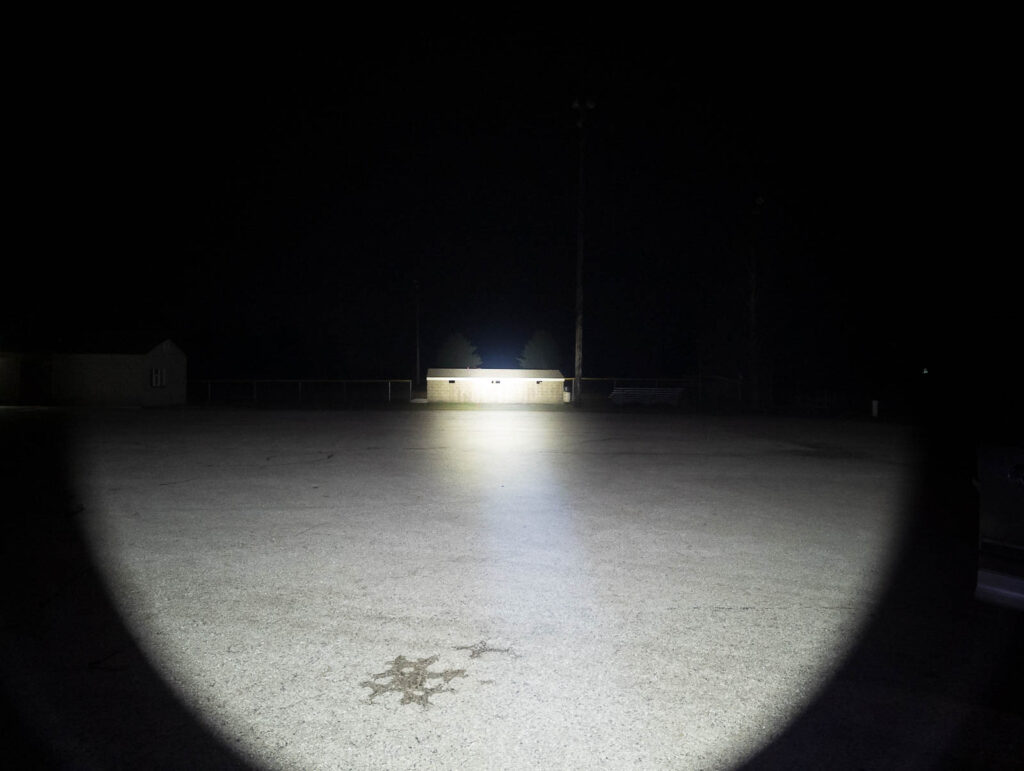

Disclaimer: This flashlight was sent to us for review at no cost by Banggood. We have not been paid to review, nor have we been holding back on problems or defects.
Final Verdict
Pros
- Big, beefy build
- Powerful Luminus SBT90.2 LED
- USB-C charging
- Powerbank functionality
Cons
- Lumens way under spec
- Intensity way under spec
- QC concerns with battery
- Ramp shape is poor
Explanation on star ratings:
1: Avoid: a match would be a better choice – 2: Poor: significant defect or issues; almost unusable – 3: Average: some defects or issues; but still usable 4: Good: recommended (minor issues) – 5: Great: highly recommended

2.5 stars: ★★⋆
While our star rating provides a reliable indicator, we encourage you to read the full review to make an informed decision based on your own needs and preferences.
Does the Astrolux EC01X function as a flashlight? Yep. Would a non-enthusiast be impressed? Probably. Does my review unit represent what Astrolux has claimed the EC01X should be? A resounding no, unfortunately. The construction of the flashlight body itself seems nice enough. But the results were inconsistent, and way below spec outside of my first few minutes of testing. Something is clearly holding this flashlight back. At first I thought a defect with the monstrous 46950 battery was the culprit.
After getting a replacement battery, though, it became clear that wasn’t the issue, or perhaps wasn’t the only issue. That aside, with a huge battery and a massive body, you’d expect it to hold a higher output for a longer time, right? No, again. 11 hours of the 12+ hour Turbo runtime were spent at 1000 lumens, which is just an insult to what this light is. Or at least what it should be. I’m hoping mine is just exhibiting some sort of defect, because the Astrolux EC01X had a lot more promise than what I’ve observed.
Buy your Astrolux EC01X here
1lumen selects and reviews products personally. We may earn affiliate commissions through our links, which help support our testing.